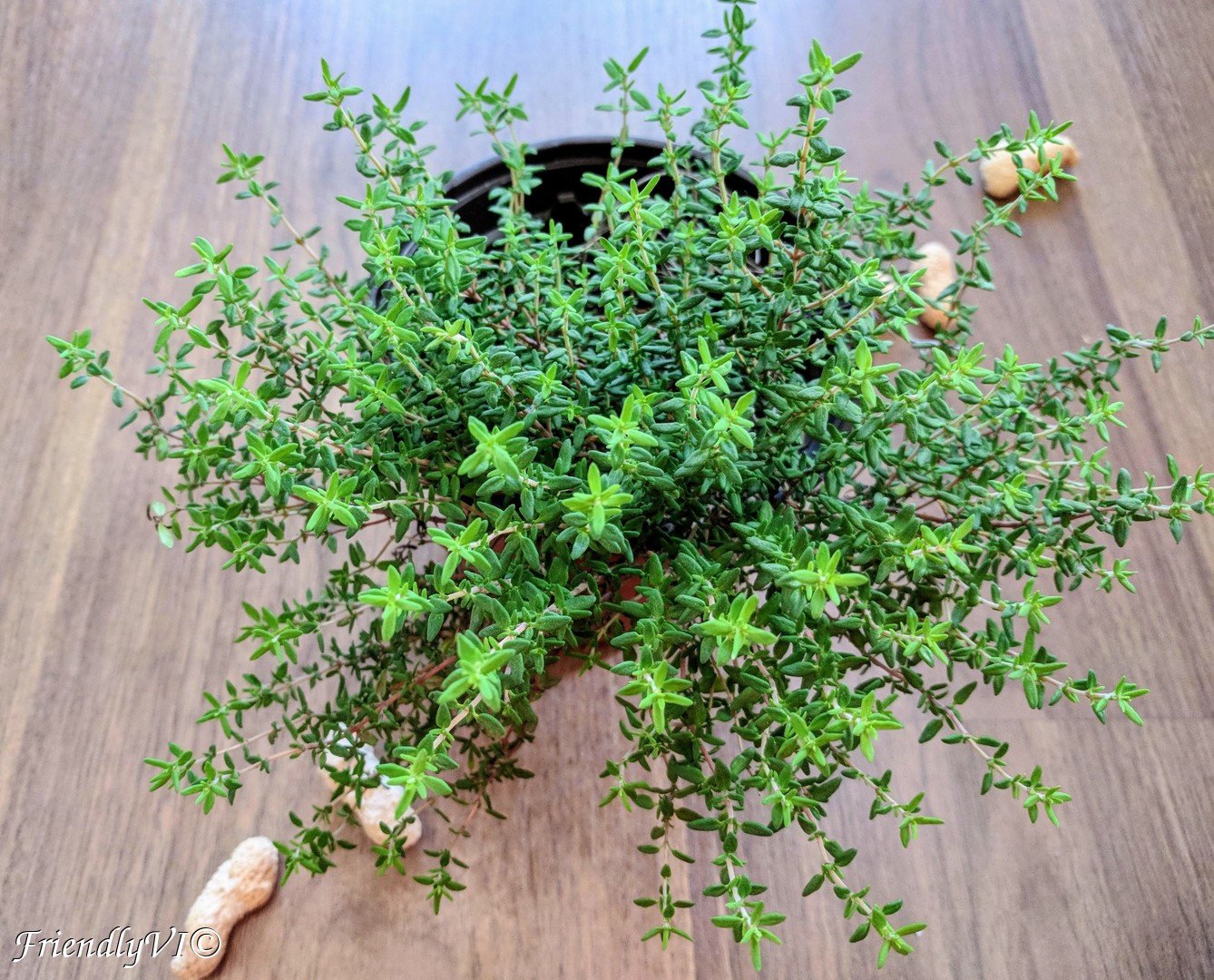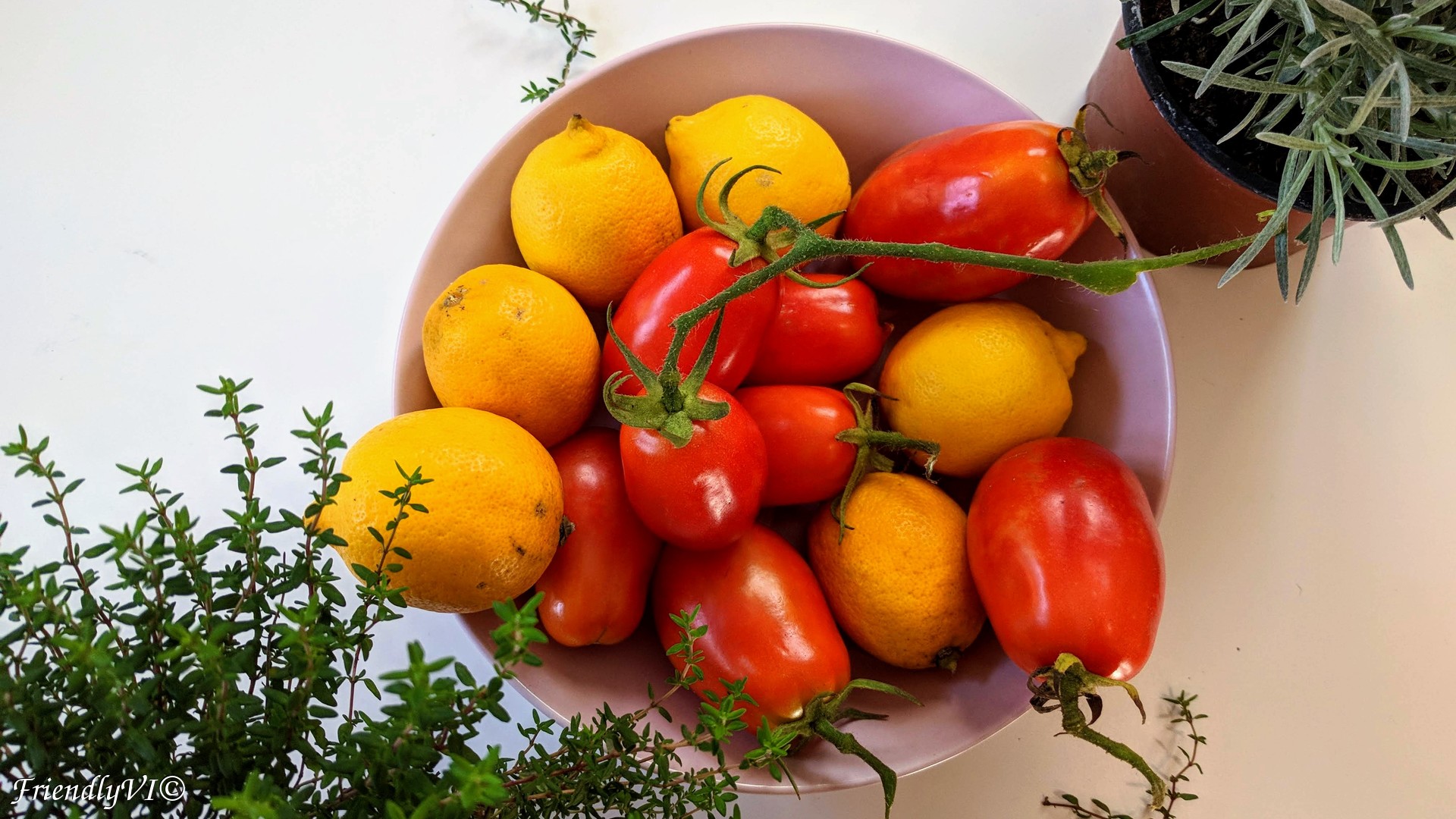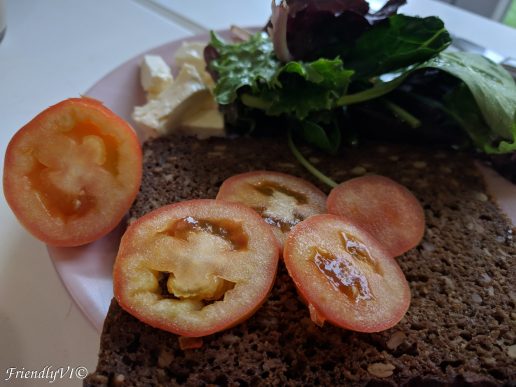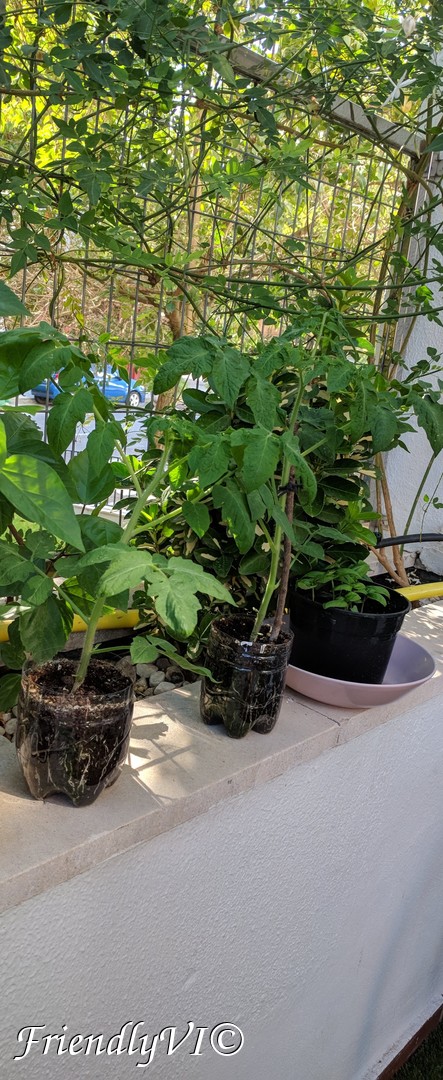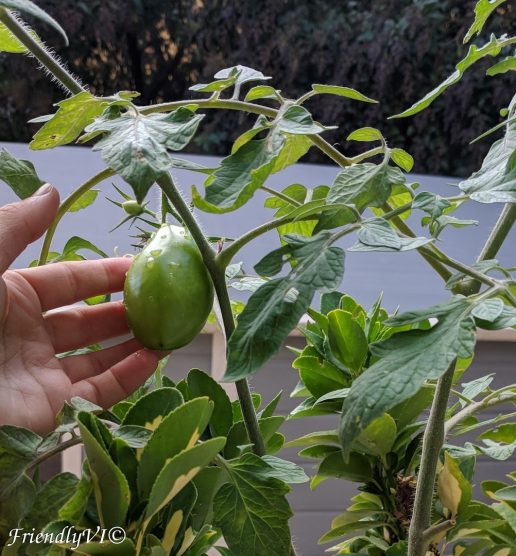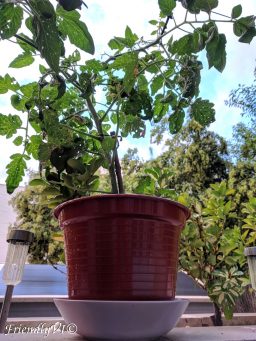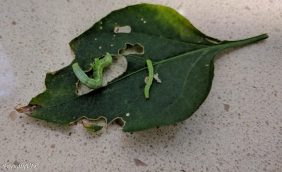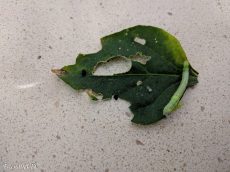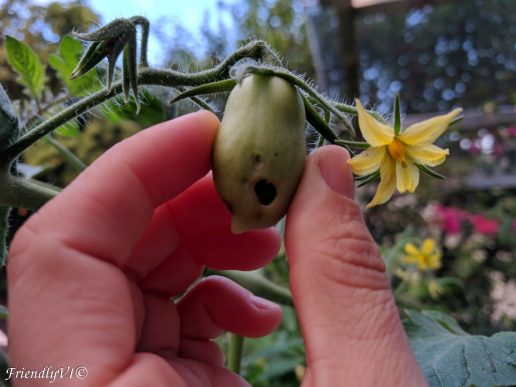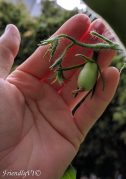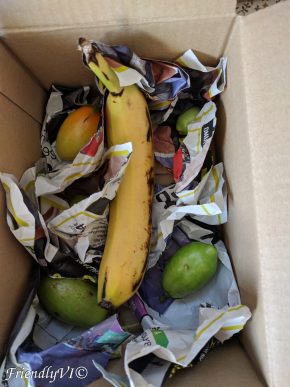This post is going to focus on the pitfalls of growing container tomatoes on your balcony as a beginner “gardener”.
I have been surrounded by agriculture and growing plants my whole childhood. This gave me a sort of arrogance like “I know how this is done”. I did not foresee many obstacles in growing some random tomatoes. Well, I was wrong! It was difficult, frustrating, challenging, disappointing… but also rewarding at the same time.
My tomatoes had a big hiccup in their growing: I planted them too late and the drop of the temperature in the autumn stopped the ripening of the fruits, which made my tomatoes spongy and not very tasty. But there was a harvest nonetheless! They looked red, healthy, not very tasty but I did eat every single one of them!
Here are 11 points you need to take into account when planning to grow tomatoes and what to avoid doing:
- Variety – this is your first step in planting tomatoes, carefully choosing the variety, preferably a determinate one. I, of course, chose the wrong one, “Roma”. They are a type used for canning mostly, not particularly juicy and tasty and takes aaaages to grow. I am not an expert in choosing the tomato type, as you can see, that is why I recommend to take your inspiration for choosing the variety from people with more experience: https://balconygardenweb.com/best-tomato-varieties-for-containers/. Next time I would definitely go for something like Patio F tomatoes, a cherry dwarf type, easier to grow in containers. AVOID growing indeterminate tomatoes, choose dwarf ones preferably.
- Transplanting – tomatoes will need transplanting before the flowering time. So you need to be prepared with different pot sizes. They are fairly elastic plants so it is easy to transplant them, but they need to be re-planted deeply so that they develop a healthy rooting system. I used the same type of soil before and after the transplantation, simple universal soil. AVOID transplanting your tomatoes too late, otherwise they will grow a very tall stem.
- Nutrition – this subject is very complicated, therefore I recommend you to look for the information in the sources that know what they are talking about: https://www.faa.gov.nl.ca/agrifoods/plants/pdf/tomatoes.pdf. I personally used a universal fertilizer, which might have been one of the mistakes. Its formula is 7+5+6 (Nitrogen, Phosphorus, Potassium) and other micronutrients in very tiny concentrations like Magnesium, Copper, Iron Zinc. Later on, after 2 months I also crushed some egg shells for calcium and spread it over the soil, a trick I saw in a YouTube video. It seemed to improve a bit the plants, but I have no scientific data on it. My main problem here I think might have been the formula of the fertilizer which has more Nitrogen than anything and it promoted the growth of very big leaves, and made the plant focus less on the fruits. AVOID using universal fertilizers, use one with less Nitrogen and higher in Phosphorous.
- Kill off the sucker leaves – I learned rather late about this one. I could not be happier that my plant is finally growing more leaves, but don’t let yourself be tricked! Make sure that from the main stem only 2-3 main branches develop, kill all the little leaves growing at the intersection of two branches. Otherwise the plant will grow uncontrollably, will be difficult to support and will focus its energy on growing leaves instead of fruits. AVOID sucker leaves develop for too long, kill them off as soon as possible.
- Pollination – possible reason of blossom drop. If there is no wind in your region or not many insects, you might need to manually pollinate your flowers, otherwise they will simply fall off. Manual pollination is very easy, just shake the stem with the flowers for a bit, not too harsh or take a q-tip and shake it for a second inside each flower. After I pollinated the flowers, mine stopped falling. AVOID not pollinating your flowers, otherwise you risk to have them falling off.
- Pruning – on the same note as killing the sucker leaves, you need to also prune more leaves off the plant, if necessary. If you gave the incorrect amount of fertilizer to your plant and it can grow lot of leaves and very big ones. Therefore you might need to prune it in order to promote the development of the fruits. However, be careful, you need to still offer some shielding from the sun. AVOID uncovering the fruits completely, otherwise they can burn.
- Correct support – as you can see I just used a stick and the plants got more and more unstable and brittle towards to end. A full cage would be a lot better or 2-3 taller stick, for the full height of the tomato. Or… you know, grow a dwarf type
AVOID letting the plant grow to tall without proper support.
- Predators – here I have quite a bit of experience, since my tomatoes were heavily attacked. The first ones to attack my plants where the white flies. They seem fluffy and friendly in the beginning and not a huge issue, but they reproduce fast and soon they will go out of control. When I realized how fast they reproduce I started to religiously check my plants under the leaves and kill all their eggs, but they were faster than me. I wanted organic tomatoes, because that is trendy. So I researched and made this homemade spray from water, alcohol and dishwasher soap and sprayed the hell out of my plants one evening. The second day it was hot and that spray burned everything it was on and together with the surviving flies poked holes through my plants.
Not happy! But I was still peaceful, so I kept researching this bio/organic thing and bought yellow paper, spread vaseline/petroleum on it and put it next to my plants. All sorts of insects liked it, but not the white flies. So for a while I kept spending hours killing their eggs and try to kill the flying ones too. So you see, still peaceful. Until these ones came:
Caterpillars are BIG and they eat fast everything they catch, in minutes. This is my first pride, my first fruit. But never got to eat it:
So I stopped being friendly, the solution is insecticide. It kills them efficiently. Just make sure you use it properly, don’t put it in the water circuit, don’t kill the fishes in the rivers. They usually degrade in few days if they stay in your soil. And make sure you don’t touch the plants for 7 days after applying it. Just read carefully the instructions and be super mindful about how you use it in order to minimize the damage for the environment. AVOID insecticide if you can or are lucky to not have pests, but I warn you that having organic plants is challenging.
- Mold – I had this too, everything except very tasty tomatoes. AVOID over watering the plant, especially once the fruits start ripening and avoid overhead watering.
- Top the plant – once your plant is bringing the fruits, make sure to top the plant: remove the shoots after the 5th flower cluster or so. I did not do this and this delayed my ripening even more :(. AVOID letting your plant develop more than 5 flower clusters, this can cause delayed ripening.
- Delayed ripening – I planted my tomatoes at the end of July, because I live in a region where the temperature are around 30 ºC until end of October. My tomatoes were tiny in the beginning of November and they were still bringing fruits:
I think that the 12 ºC at night during November-December must have caused a temperature shock for the plants and it delayed the ripening. Only towards the middle of January they started to ripe and I could harvest them in the first week of February. So 6 months after planting the seeds. AVOID bringing the ripening of your plants too late in the autumn, when the temperatures drop below 12 ºC (or the opposite over 30 ºC), otherwise it will affect the ripening.
You can speed up the ripening by moving them inside the house or break the tomatoes if you can’t move them and place them in a paper box with rip bananas and apples:
